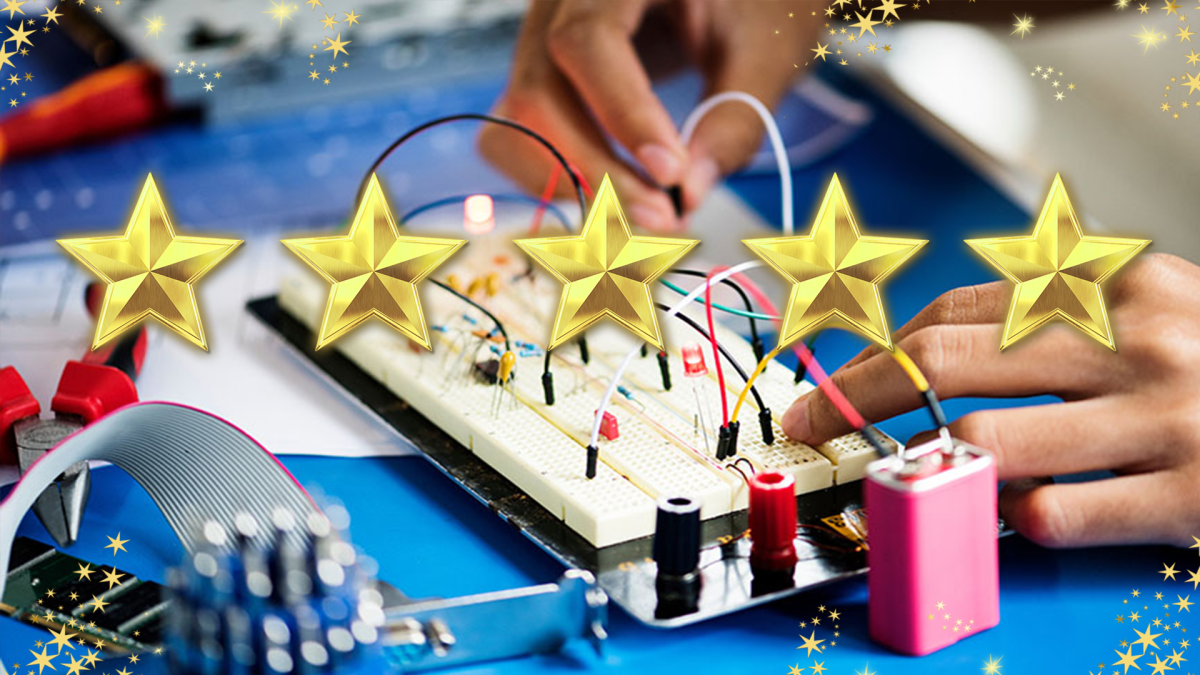This lesson is about basic school/home gardening. The lesson involves Science, Math, Technology and Engineering content. Students will be taught how to make basic gardens. They will need seeds, garden
This lesson has students watching a baby plant and seeing what it will grow into. Students are able to compare the seedling with an adult plant, and determine how the plant cycles from seed to adult
In this lesson students will explore paper as a recyclable material. They will explore its effects on the environment. Students will make a project with recycled paper and develop a understanding of
In this lesson, students will collect flower and leaf samples from around their school campus and return to the lab to conduct chromatography to separate pigments in their samples. Students will learn
In this lesson, students will design and build a birdhouse from everyday materials. Allow at least 4 days to complete this lesson. This is the final lesson of the American Kestrel Unit.
In this lesson, students will use measurement to track the growth of their plants. This lesson includes an editable one page mini-book for each student or pair of students to track growth of their
This is a lesson that engages students to critically read informational text, construct an argument with evidence, and engage in academic discourse about the nature, living or non-living, of viruses
This lesson provides an overview of the differences between living and nonliving things. Students will be asked to compare and contrast living and nonliving things and describe the characteristics of
Students will develop a model of a city and have it be protected from "the clickers".
This engaging lesson allows students the opportunity to employ prior knowledge while demonstrating knowledge of various standards in an inter-disciplinary, hands-on lesson. The utilization of data
In this engaging and hands-on lesson, students will examine the Gold King Mine spill on the Animas River in Colorado before creating a model watershed in order to develop an explanation of human
This is the 1st lesson in a series of 4 covering the rainforest. As a class, we research the abiotic and biotic factors of the whole rainforest. Students jigsaw and research the abiotic and biotic
This is lesson 2 in a series of 4 lessons about the rainforest. In jigsaw groups, students create a food web about one of the 4 layers of the rainforest on a Google Slide or Prezi. Students go back to
This is the 3rd lesson in a series of 4. Students will discuss a slow reveal graph about the amount of forest destroyed each year. Students compare two graphs and decide which is better at
This is the 4th and final lesson in a series of 4 about the rainforest. In this creative lesson, students write a summary about the layer they have been studying. They create an animal and organism
This lesson explores the concepts, "threatened", "endangered", and "extinct" while looking into the phenomena of population decline and extinction. Afterwards, the students will be creating an
This is a simple investigation that you can easily do in your classroom to introduce Aquaponics to your students.
Students will be creating two different gardens. A hydroponics garden indoors and a raised bed garden outside. Students will be gathering data to help define the question: What is the biggest issue
In this lesson SW illustrate food systems, food miles, and plant use in everyday items. SW transplant plants from mini garden to raised garden bed. SW perform plant measurements and make observations
In this lesson students will discuss why they would use a 3D printer to create a planter pot? Students will also brainstorm "What features are important for a planter pot?" Finally students will
In this lesson students explore the relationship between pigmentation and light absorbance. Students will use a spectrophotometer to analyze pigment samples and record the absorption spectrum for
Featured Lesson Plans
Check out these notable lesson plans.

This lesson plan has three main objectives. The first is that students will be able to recreate a map of the canal with 3D structures along the way. The largest structure being Casa Grande, or the

Makey Makey with The Bionic Kid
Imagine how cool it would be to build a video game controller out of bananas! In this engineering design challenge, you will learn how to use everyday items and a Makey Makey kit to design a

This lesson combines ELA (reading and discussing the story), engineering (design a balloon with materials given and attach the balloon to an EdBot), and technology (code an EdBot to run the parade
